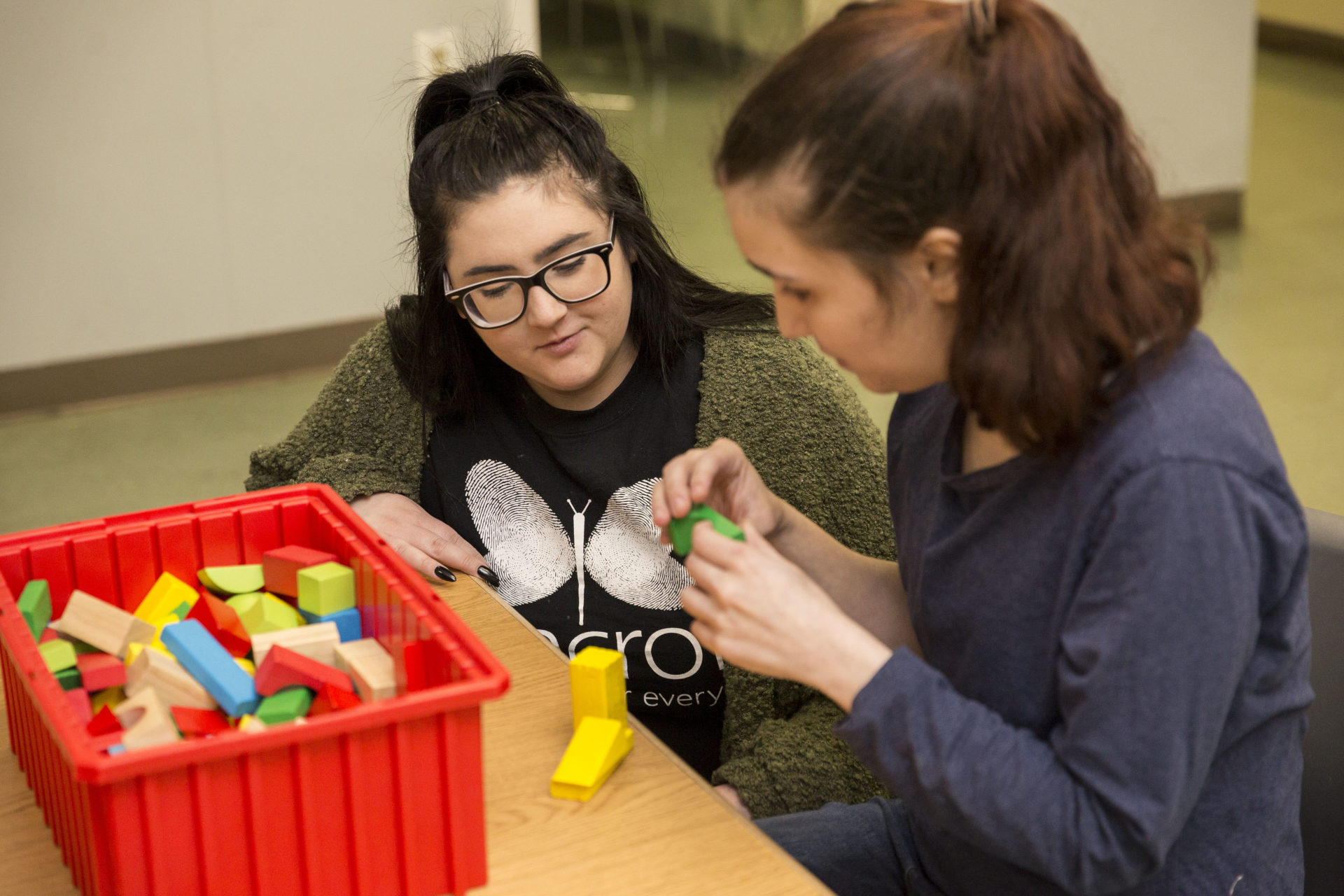 |
Accidental slips and falls are the leading cause of head injuries, especially during the winter months. Even one fall can exponentially increase your odds of falling again — but prompt treatment and therapy can help reduce future risk.
Contributor: Yvonne Van Bochove, PT, DPT, MA, CBIST, physical therapist at Bancroft NeuroRehab
Winter weather creates headaches for just about everyone. It’s cold, dreary and messy; snow can slow down your commute, postone events and cancel school. However, what is often seen as a passing nuisance can quickly escalate to a lifelong health concern.
According to the CDC, accidental slips and falls are the number one cause of brain injury in the United States, sending millions of adults and children to emergency rooms each year. Injuries can range from bumps, bruises and cuts to severe head trauma.
Falling just one time doubles your risk of falling again – creating an opportunity for more serious injuries that can make it even harder to get around and live independently, and can increase the risk of early death among older adults.
While that statistic may sound scary, it’s important to understand that seeking the right kinds of treatment and therapy after a fall can greatly reduce your risk of falling again.
It’s all about regaining your strength, balance and confidence.
As a physical therapist at Bancroft NeuroRehab, one of the region’s leading providers of neurological rehabilitation, we focus on helping patients to regain strength, balance and confidence to navigate life after a fall.
If you’re currently avoiding physical activity because of a previous accident, talk to your doctor; he or she can refer you to a physical therapist. When a person falls, it creates a vicious cycle: You’re afraid of another fall, so you limit your activity. This, in turn, diminishes strength and balance – and, ultimately, puts you at greater risk of falling.
Your physical therapist will begin to work with you to create an individualized exercise routine to help regain strength and stability. They will also practice a variety of scenarios with you, both indoors and out, that require a higher level of balance. The idea is to boost confidence, help a patient normalize his or her way of walking, and enable them to negotiate obstacles without falling. He or she can also help you to assess and address potential hazards in and around your home.
At Bancroft NeuroRehab, we recommend about a half-hour of moderate activity at least three times a week throughout the year. Activities such as walking, water workouts and tai chi reduce risk of future falls by improving strength, balance, coordination and flexibility.
Consider incorporating different types of exercise into your routine, for example:
- Cardiovascular training increases heart rate and can include brisk walking, jogging, swimming, cycling or taking an exercise class.
- Strength training is designed to improve muscle function and can include pushing, pulling, or lifting against resistance.
- Flexibility training encourages a full or increased range of motion and can include things like stretching, yoga, and tai chi.
You should also evaluate your footwear.
Ill-fitting shoes and high heels, floppy slippers and shoes with slick soles can make you slip, stumble and fall. Instead:
- Have your feet measured each time you buy shoes, since foot size can change.
- Buy properly fitting, sturdy shoes with nonskid soles, and avoid shoes with extra-thick soles.
- Choose lace-up shoes instead of slip-ons, and keep the laces tied. If you have trouble tying laces, select footwear with fabric fasteners.
- Invest in “Yak Trax” or other traction cleats that slip right over your shoes to provide extra grip in inclement weather. Similarly, there are non-slip, ice pick-style tips that can be affixed to canes and walkers for additional stability.
Finally, schedule some time to review your overall health with your doctor.
Have him or her review your current medications that could increase your risk of falls, check your eyesight, and discuss any health conditions or untreated aches and pains you might be experiencing.
Keep these tips in mind now, and throughout the year, to help you or your loved one get back on their feet. With the right intervention, you can rebound and overcome the long-term effects of fall.
















